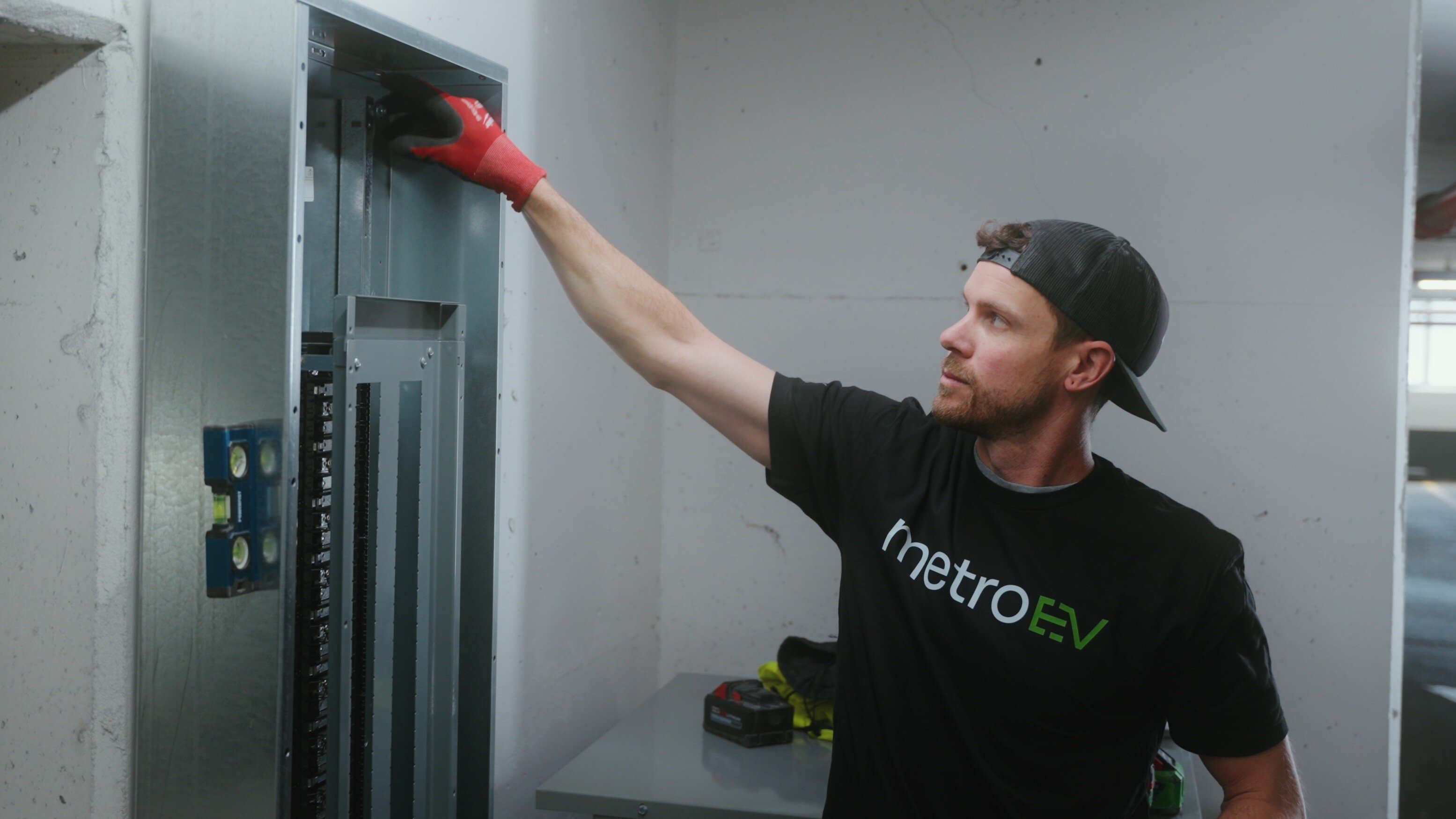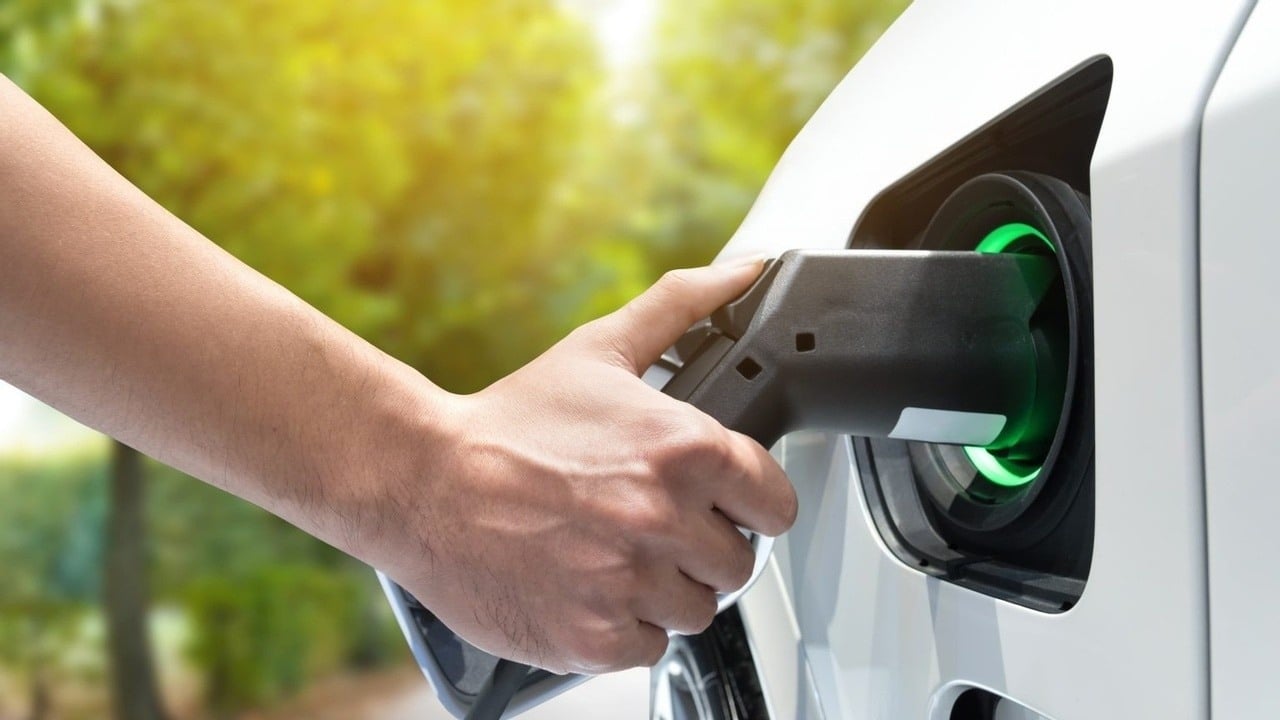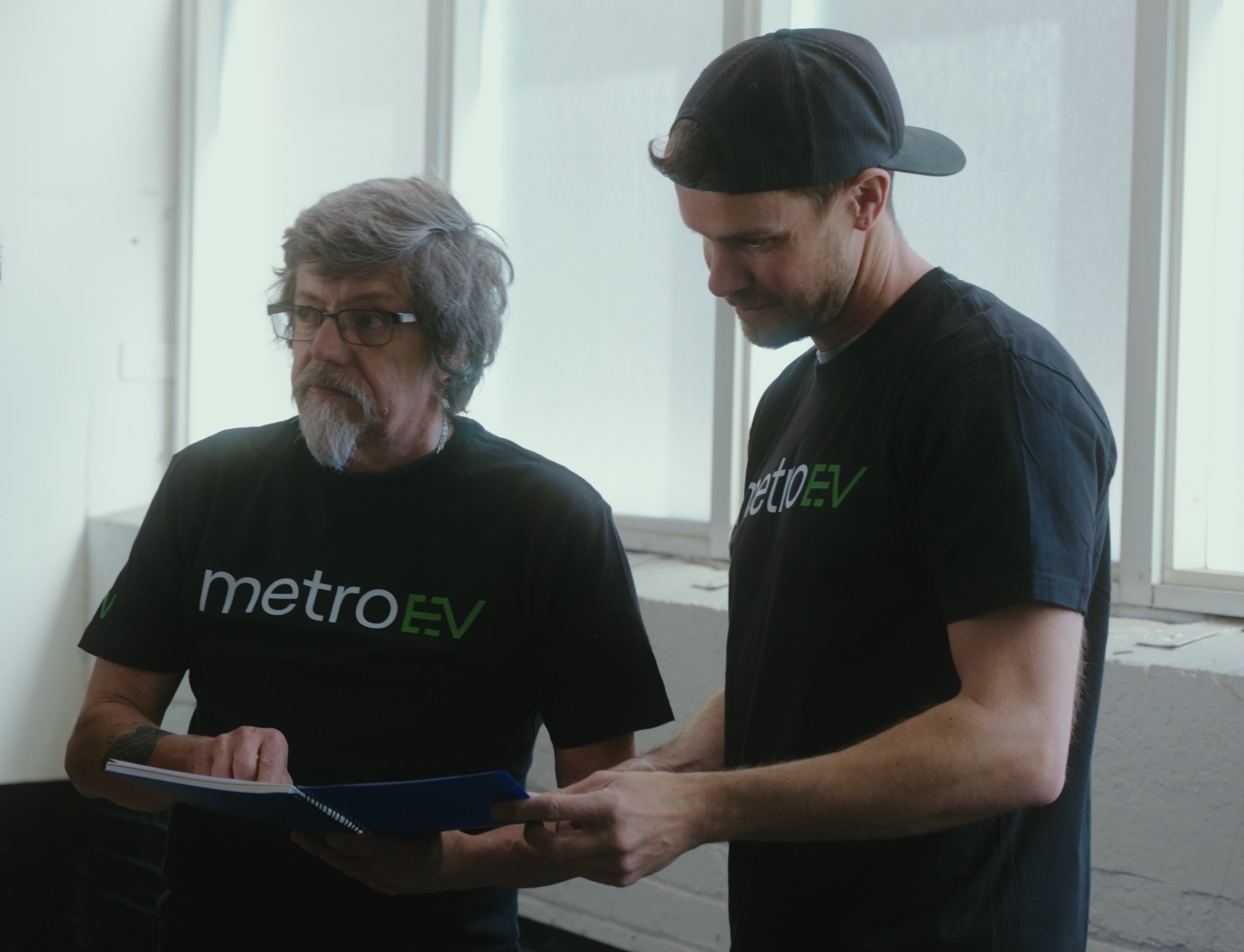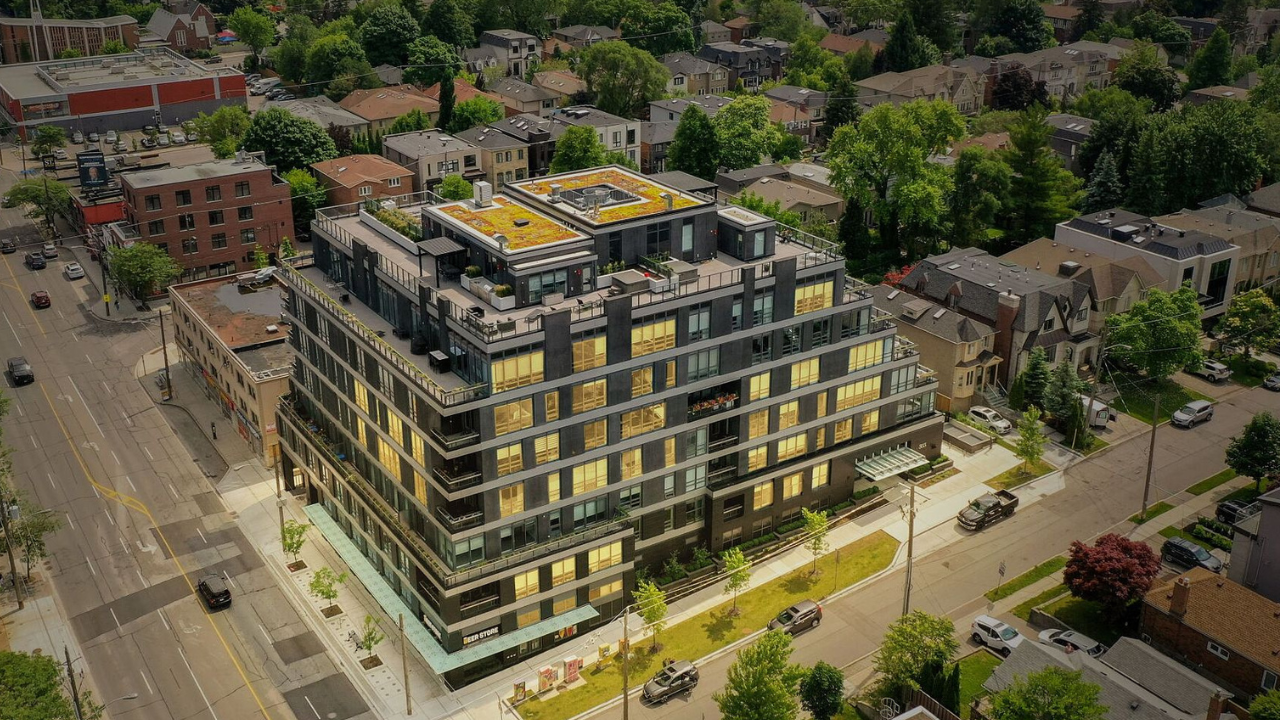Effective January 2025: The Ontario EV charger rebate for Zero-Emission Vehicles Infrastructure Program (ZEVIP) has been paused. Discover other ways to save money on your EV charger installation.
We will update this page if there are further announcements or if ZEVIP is resumed, so visit this page for future updates. Read this article to learn more about ZEVIP.
-------------
Canada's Zero Emission Vehicle Infrastructure Program (ZEVIP) is crucial for boosting nationwide electric vehicle (EV) adoption by providing grants for multi-unit, residential, commercial, and workplace EV charger installations. Alongside ZEVIP, the Electric Vehicle Availability Standard Program promotes EV accessibility, aligning with Canada's commitment to sustainable transportation and its goal of being emission-free by 2035.
Learn more: Canada moves towards 100% zero-emission vehicles by 2035
What Is ZEVIP?
The Zero Emission Vehicle Infrastructure Program is a federal initiative administered by Natural Resources Canada (NRCan) to support the installation of EV chargers across Canada. The program subsidizes up to 50% of the cost of EV charger installations for various property types, including multi-unit residential and commercial buildings Since 2016, NRCan has invested over a billion dollars and intends to run the program until 2027.
How To Get ZEVIP Funding In Canada
Fach round of ZEVIP funding, NRCan issues an Applicant's Guide. Organizations then have until the submission deadline to prepare a comprehensive project proposal. Following a review period, NRCan notifies applicants of funding decisions. Successful applicants are then issued a Letter of Conditional Approval and subsequently enter into a Contribution Agreement with NRCan. Each ZEVIP round specifies varying criteria for project size, deployment timeline, and supported use cases.
When Can I Apply For ZEVIP Funding?
Canada will begin funding the Zero Emission Vehicle Infrastructure Program starting in Spring 2024.
What Types Of Projects Are Eligible?
ZEVIP funds the installation of EV chargers in various places where people live, work and visit including:
- Workplaces (any location where employees perform duties related to their job
- Multi-unit residential buildings (apartments and condos with at least 3 units)
- Public places (including but not limited to service stations, retail, restaurants, arenas, libraries, medical offices, park and ride, etc.)
- On-street parking (EV charging deployed by local governments along public streets.)
- EV fleets (taxis, car rentals, municipal vehicles, car sharing, last-mile delivery trucks, school buses, refuse trucks, public utility vehicles, etc.)
Learn more about EV charger installations for condos and multi-residential buildings, commercial buildings, and fleets.
What Type Of Organizations Are Eligible To Apply?
ZEVIP funding is open to a wide range of applicants and EV charger installation types. Organizations, whether not-for-profit or for-profit, must be legal entities registered in Canada or abroad. Projects must be submitted by the organization, and proof of eligible expenditures for reimbursement will be needed.
Eligible organizations include:
- electricity or gas utilities
- companies
- industry associations
- research associations
- standards organizations
- Indigenous businesses and community groups
- academic institutions
- provincial, territorial, regional, or municipal governments or their departments or agencies where applicable
The following are not eligible for funding support under ZEVIP:
- Individuals or any part of federal public administration, including departments, Crown corporations, and agencies
- Softwood lumber companies and those that are vertically integrated with them
How Much Funding Can You Get?
ZEVIP reimburses up to 50% of your project's total costs, with a maximum of $10 million per project. Indigenous businesses and communities can benefit even more, receiving up to 75% back!
|
Charger Type |
Power | Maximum Funding |
|---|---|---|
| Level 2 charger | 3.3 kW to 19.2 kW | Up to $5,000 per connector |
| DC fast charger | 20 kW to 49 kW | Up to $15,000 per charger |
| DC fast charger |
50 kW to 99 kW |
Up to $50,000 per charger |
| DC fast charger | 100 kW to 199 kW | Up to $75,000 per charger |
| DC fast charger | 200 kW and above |
Up to $100,000 per charger |
Learn more: Understanding EV charger types
Is ZEVIP Funding Different From Ontario Ev Charger Rebates?
“ZEVIP funding” and “EV charger rebates” are often used interchangeably, but the NRCan program is not technically a “rebate” program. This is because you are only entitled to money back if you follow the specific NRCan process, which includes applying for funding and receiving approval from NRCan before paying for the EV charger network. That said, ZEVIP is the sole federal government funding source for EV charging installations.
Talk To An Expert And Secure An Ontario Ev Charger Rebate!
With ZEVIP funding available, this makes it the perfect time to save on costs and take advantage of these incentives in Canada when installing EV chargers. These EV charger rebates can significantly offset the initial investment, making the transition to EV chargers more accessible and affordable.
See if you qualify for an EV charging rebate now!
metroEV has helped condo boards, property managers, and business owners secure millions of dollars in ZEVIP funding and can help you explore the most efficient way to set up an EV charger installation suited to your purpose. Contact MetroEV and take the first step towards an electrified future with our team of experts today.
Explore Our Projects
Many of our clients have been able to successfully secure ZEVIP funding in Ontario. Some of these projects include:

AUTHOR
Shai Sinai
Shai is the VP of sales at metroEV specializing in EVCS installations. He has been involved in all aspects of the EVCS process from assessing a buildings infrastructure requirements through all facets of the installation. He has a wealth of knowledge and experience in the EV field.








